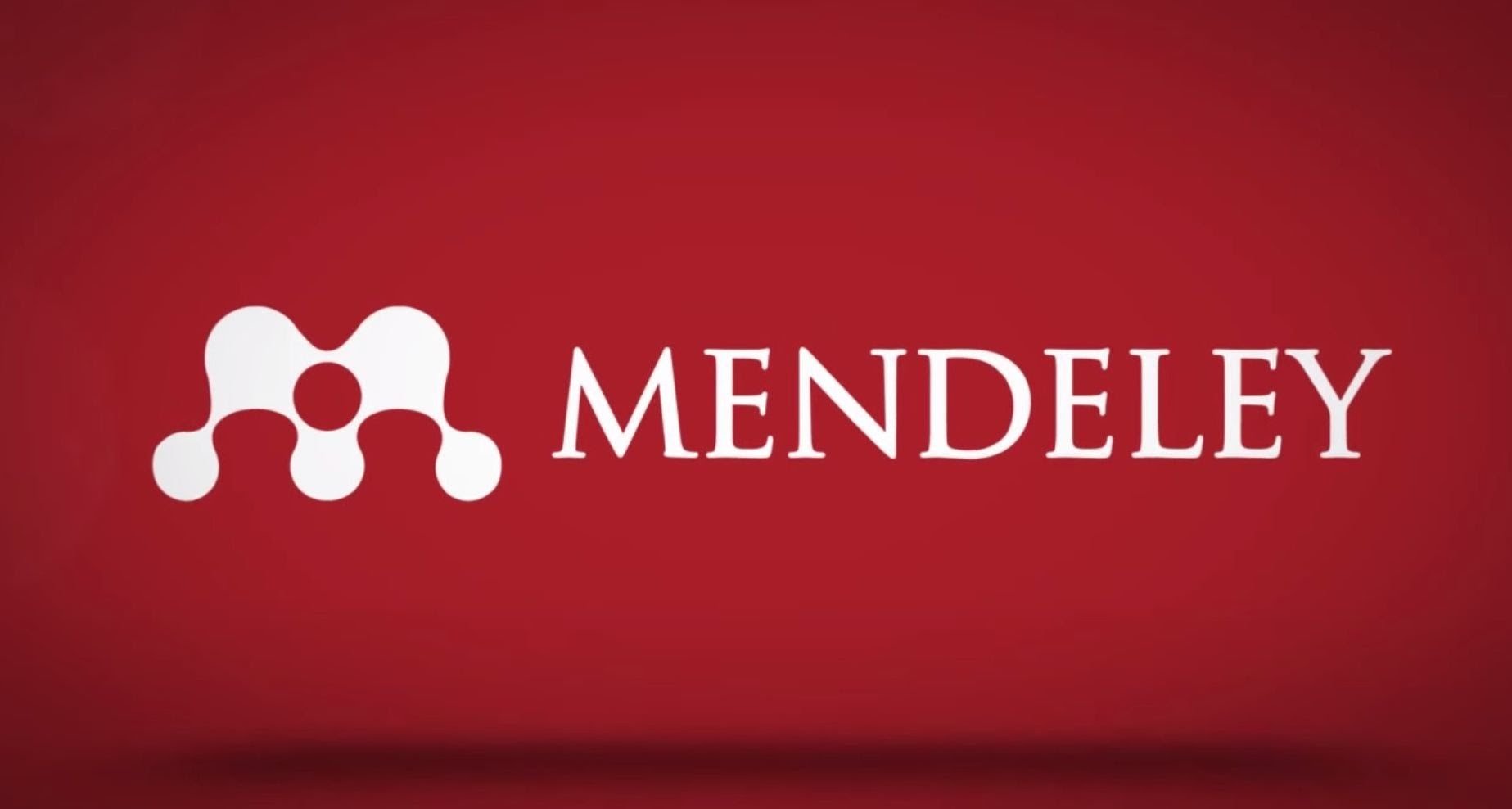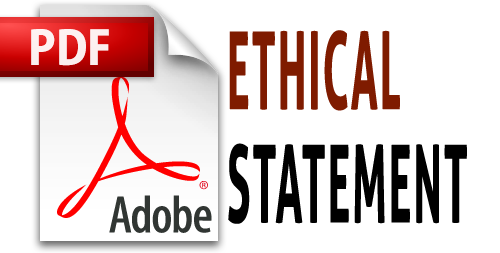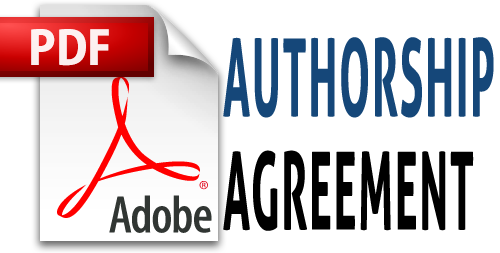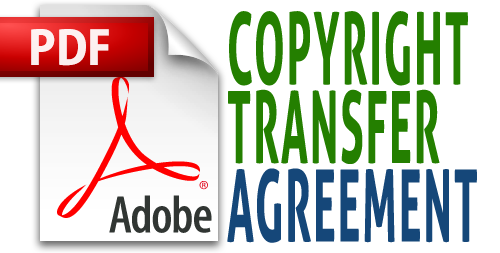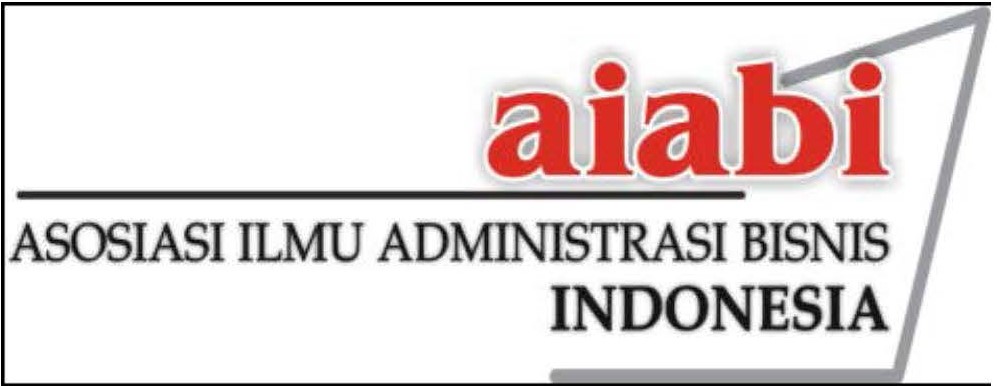RESOURCE BASED VIEW DALAM KERANGKA MODEL STRATEGIC MANAGEMENT
Abstrak
This research aims to break down the scientific roots of the resource based view within the framework of the strategic management model, which is at the first element in the strategic management model, namely environmental scanning. To answer these objectives, a literature review method is used. The results of the study show that the strategic management model was born from a modern approach in the evolution of the development of organizational theory. As a consequence, the strategic management model must place a balance between internal strength / resource based view and the external environment / market based view in designing the strategy. While the resource based view, was born from several basic concepts developed from classical economists. Further theoretical and empirical studies of the critical review of the strategic management model are needed in the midst of increasingly disruptive environmental dynamics.
Studi ini bertujuan ingin mengurai akar keilmuan dari resource based view dalam kerangka model strategic management, yang berada pada elemen pertama dalam model strategic management, yakni environmental scanning. Untuk menjawab tujuan tersebut, digunakan metode kajian pustaka. Hasil kajian menunjukkan, model strategic management lahir dari pendekatan modern dalam evolusi perkembangan teori organisasi. Sebagai konsekwensinya, model strategic management harus menempatkan keseimbangan antara kekuatan internal/resource based view dan eksternal/ market based view dari organisasi dalam mendesain strategi. Sedangkan resource based view, lahir dari beberapa konsep dasar yang dikembangkan dari para pemikir ekonom klasik. Diperlukan kajian lanjutan yang bersifat teoritis dan empiris tentang tinjauan kritis model strategic management ditengah dinamika lingkungan yang semakin disruptif.
Kata Kunci
Teks Lengkap:
PDFReferensi
Bain, J.S. 1941. The Profit Rate as a Measure of Monopoly Power. The Quarterly Journal of Economic.55(2).271-93.
Bain, J.S.1956. Barrier to New Competition. Cambridge : Harvard University Press.
Barney, Jay. B, 1991. Firm Resources and Sustained Competitive Advantage. Journal of Management.(17)1. P.99-121.
--------------------, 1997. The Resource Based View of Strtaegy : Origins, Implications, and Prospects. Editor of Special Theory Forum in Journal of Management,17 :97-211.
Barney, Jay. B, & Clark, Derlwyn, N, 2007. Resourced Based Theory : Creating & Sustaining Competitive Advantage. Oxford University Press.
Bertalanffy, Ludwing Von, 1958. The Theory of Open Systems in Physic and Biology. Science.111.8-23
----------------------------, 1968. General System Theory : Foundations, Development and Applications. New York. George Braziller.
Borch, Odd Jarl & Madsen, Einar Lier.2007. Dynamic Capabilities Facilitating Innovative Strategies in SMEs. International Journal Technopreneurship. Vol1. No.1. P.111.
Boulding, Kenneth E, 1956. General System Theory-The Skeleton of Science. Management Science.,2, P.197-208.
Chew, D.A.S., Yan, S., Cheah, C.Y.J., 2008, Core Capability and Competitive Strategy for Construction SMEs in China, Chinese Management Studies, Vol.2 No.3, P.203-214.
Cool, K et.al. 1989. Business Strategy, Market Structure and Risk Return Relationship : A Structureal Approach.Strategic Management Journal,10 (6).507-22.
Demsetz, H.1973. Industry Structure, Market Rivalry and Public Policy. Journal of Law and Economic.16:1-9.
Dobbins, F & T.J. Dowd.1997. How Policy Shapes Competition : Early Railroad Foundings in Masachusetts. Administrative Science Quarterly.PP.501.
Eisenhardt, K. M., & Martin, J. A. 2000. Dynamic capabilities: What are they? Strategic Management Journal, 21(10-11): 1105-1121.
Foss, N.J & Knudsen T. 2003. The Resource-based Tangle : Towards a Sustainable Exsplanation Of Competitive Advantage. Managerial and Decision Economic . 24,PP.291-307.
Galbraith, J.R.1991. Strategy and Organization Planning : In The Strategy Process : Concept, Contexts, Cases. Pearson Education. P.316.
Gale, B. 1972. Market Share and Rate of Return. Review of Economic and Statistic. PP.412-23
Gluck, SP, FW, Kauffman & A.S. Walleck.1982. The Four Phases of Strategic Management. Journal of Business Strategy. Winter. PP.9-21.
Greco, J.1996. Meet Generation Y: Forecast. Wall Street Journal. June.PP.B10.
Hallal, W.E. 2000. The Top 10 Emerging Technologies.Special Report. World Future Society.
Hoskisson,RE,Hitt, Hiu M,A & D. Yiu. 1999. Theory and Research Strategic Management : Swings of The Pendulum. Journal of Management. Vol25.No.3.PP.226-227.
Lassere P & J. Robbert.1994. Competing on the Pacific Rim : High Risk and High Returns. Long Range Palnning. April. PP.12-35
Leputre. Jan. 2008. Proactive Environmental Strategies in Small Business : Resource, Institution and Dynamic Capabilities. Disertasiion, Faculty of Economic and Business Administration. Ghent University.P.15.
Mele, Domenec & Guillen, Manuel, 2006. The Intelectual Evolution of Strategic Management and its Relationship with ethics and social responsibility. Working Paper WP. No 658. IESE Business School. University of Navarra.
Miles, Matthew B & A. Michael Huberman, 1994. Qualitative Data Analisis. Second Edition.Sage Publication. P.12.
Newey, L.R., Verreynne, M.L., Griffiths, A., 2012, The Relationship between Dynamic and Operating Capabilities as a Stage-Gate Process: Insights from Radical Innovation. Journal of Management & Organization, Vol.18 No.1, 121-135.
Patton, Michael Quinn. 2002.Qualitative Research & Evaluation Methods. Thrid Edition.Sage Publication. P.247.
Penrose, E.T.1959. The Theory Of the Growth The Firm. New York. John Wiley & Son
Prahalad,C.K & Gary Hamel. 1990. The Core Competence of The Corporation. Harvard Business Review. June 79-91.
Porter, M. E.1978. How Competitive Forces Shape Strategy. Harvard Business Review. March-April 66-137.
------------------,1981. The Contribution of Industrial organization to Strategic Management. Academy of Management Review 6. 20-609.
Schumpeter, J. 1934. The Theory of Economic Development. Cambridge. Harvard University Press.
Simon, A., 2010. Resources, Dynamic Capabilities and Australian Business Success. Journal of Global Business and Technology, Vol.5 No.2, 13-30.
Sheilfer A & R.W. Viskny.1994. Fundamental Issues in Strategy. Harvard Business School Press. PP. 403.
Teece, D. J., Pisano, G., & Shuen, A. 1997. Dynamic capabilities and strategic management. Strategic Management Journal, 18(7): 509-533.
Thomas, JB, SM Clark and D.A. Gioia.1998. Strategies forstart up “long range planning” Academy of Maangement Journal. April.PP.12-35.
Trist, Eric L and Bamfort, K.W, 1951. Some Social and Psychological Consequence of the long wall method of coal getting. Human Relations.4.3-38.
Waard, Eric De.2010.Engaging Environmental Turbulance, Organizational Determinats for Repetitive Quick and Adequate responses.Rotterdam : Erasmuss Research Institute Of Management (ERIM), Rotterdham School of Management (RSM).Erasmuss University Rotherdam.Ref Number ERIM : EPS 2010-189-STR. ISBN.978-90-5892-229-8.
Wernerfelt, B.1984. A Resource-based view of the firm. Strategic Management Journal. 5 (2) 171-80.
Winter, S. G. 2003. Understanding dynamic capabilities. Strategic Management Journal, 24: 991-995.
Wilson, I.1994. Strategic Palnning Isn’t Dead_ It Changed”. Long Range Planning. P.20
Williams, J.R.1992. How Sustainable Is Your Competitive Advantage. California Management Review.(Spring).P.33
Woodward, Joan. 1970. Industry Organizations : Theory and Practice .Oxford University Press, USA
Wheelen Thomas L & Hunger, David J. 2016. Strategic Management and Business Policy. Ninth Edition.Prentice Hall. PP. 67-89.
Wyatt.J.1995. Playing the Woofie Card. Fortune Press. PP.130.
DOI: https://doi.org/10.24198/adbispreneur.v3i3.19226
Refbacks
- Saat ini tidak ada refbacks.


